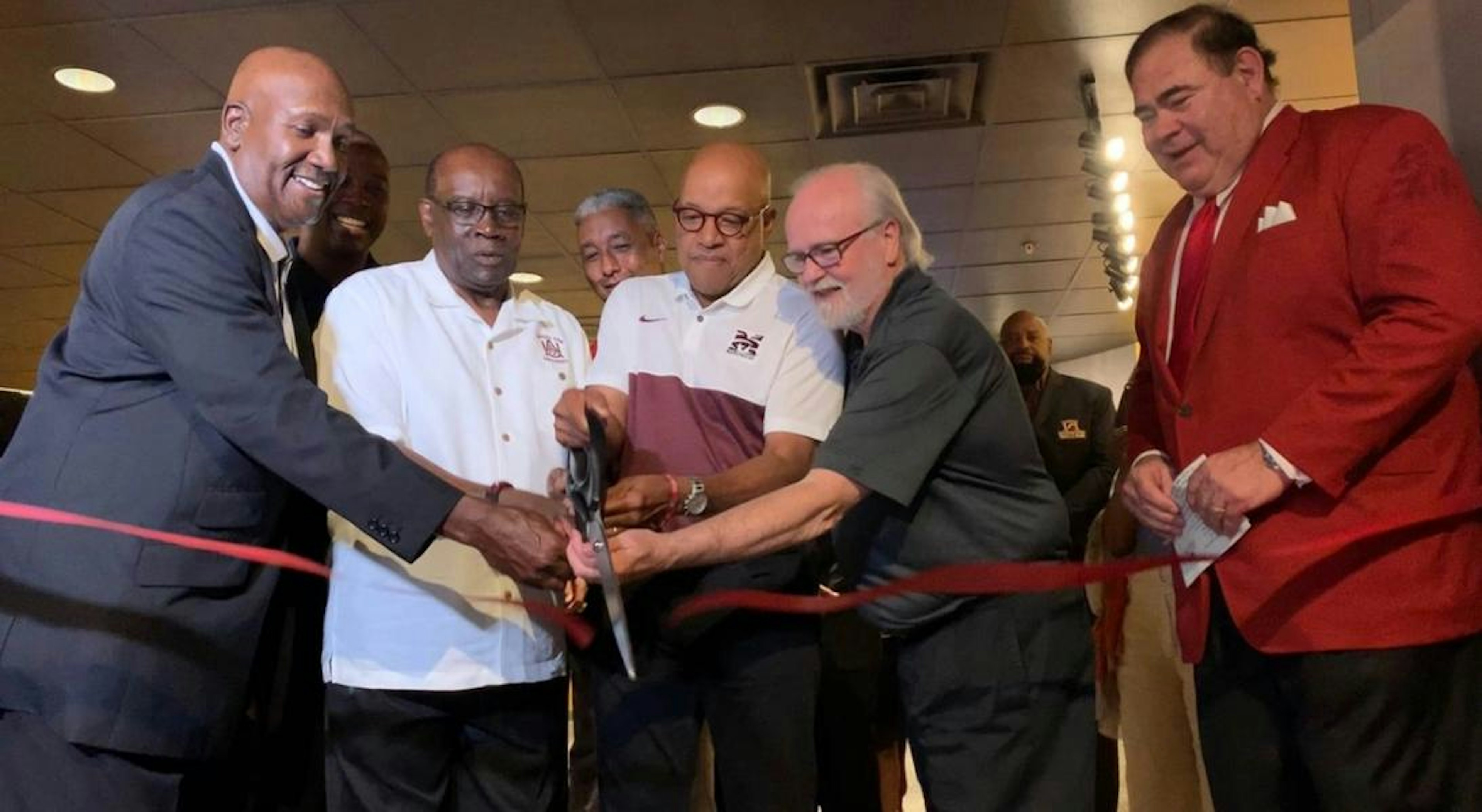
About Us
The Black College Football Hall of Fame was founded in 2009 by African-American pioneers, quarterbacks James Harris and Doug Williams to preserve the history and honor the greatest football players, coaches and contributors from Historically Black Colleges and Universities (HBCUs). There have been 90 Inductees since inception, including Mel Blount, James Harris, Willie Lanier, Art Shell and Doug Williams, who serve as Trustees.
The Black College Football Hall of Fame is presented annually by The Shack Harris & Doug Williams Foundation, a 501(c)(3) non-profit, tax-exempt organization.
Pro Football Hall of Fame
The Black College Football Hall of Fame (BCFHOF) will have a permanent home at the Pro Football Hall of Fame (PFHOF) to tell its story. Thirty-four members of the Pro Football Hall of Fame – roughly 10% of the players enshrined in Canton – attended an HBCU. All but two (Len Ford and Marion Motley, who briefly attended an HBCU before transferring to another college) are also members of the Black College Football Hall of Fame.
The two organizations announced a partnership in 2016 and are working together on joint programs and events, including: hosting future annual BCFHOF induction ceremonies at Hall of Fame Village powered by Johnson Controls; expanded educational programming and special events at the Pro Football Hall of Fame during Black History Month; a traveling exhibition; and post-graduate internship opportunities for graduates of HBCUs.
The partnership also includes the BCFHOF Classic held at Tom Benson Hall of Fame Stadium and a major exhibition inside the Pro Football Hall of Fame.
HBCU Football History
Black College Football began play in 1892 with segregation well-established and heavily managed with Jim Crow laws. Following World War I the sport of college football ignited the passions of patriotism, pride and school spirit as America had found a new past time.
From the cotton fields of the South to the slums of major cities, young black boys dreamed of glory in this newfound game with the only problem being that they couldn't play the sport wherever they wanted. For more than 70 years, young black college-bound football players flocked to black colleges and universities. While the major state institutions allowed only a trickle of black players into their programs, the vast majority of black football players, prior to 1965, played at Historically Black Colleges & Universities (HBCUs).
Born of farms and city neighborhoods and with little to no formal football training, coaches with little notoriety or glamour, gave of themselves for their love of the game. These teachers of men faced inferior facilities, less than stellar equipment and very few venues in which to showcase the enormous talent, thus establishing a trend that continues through today.